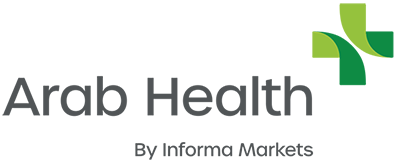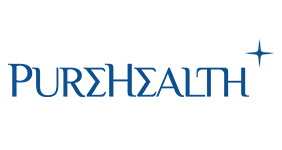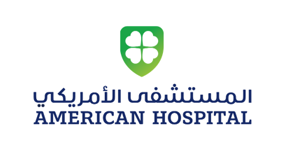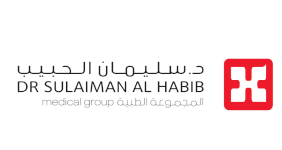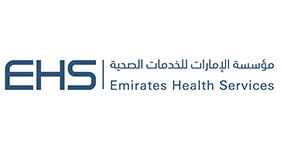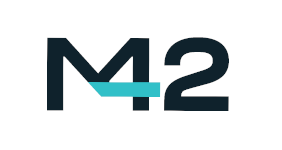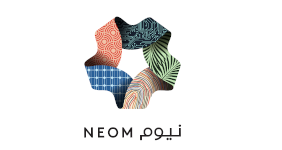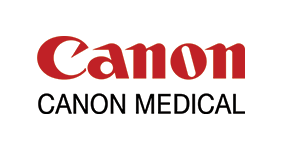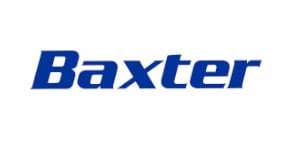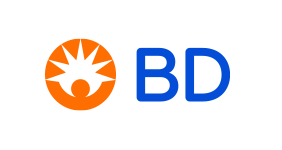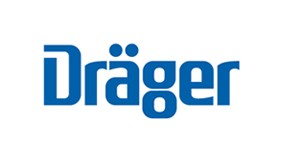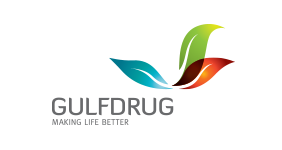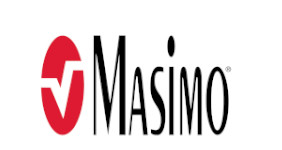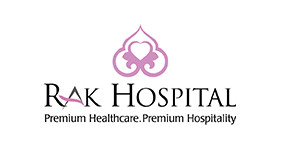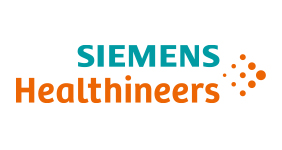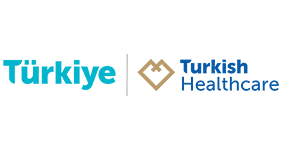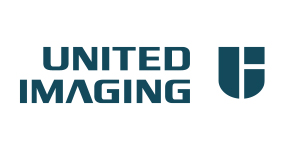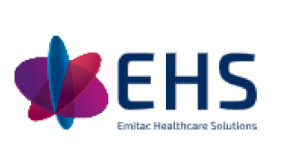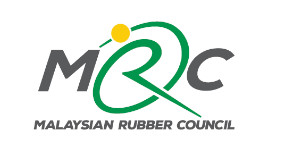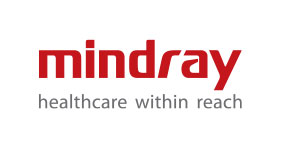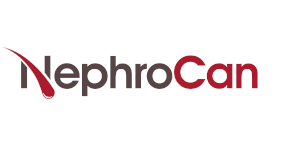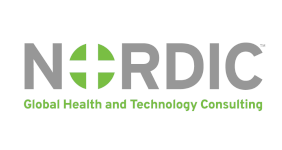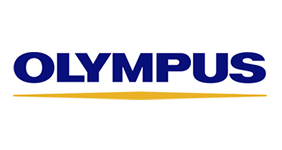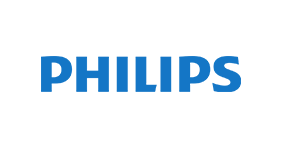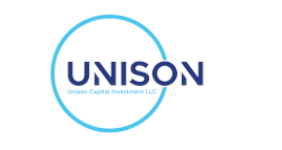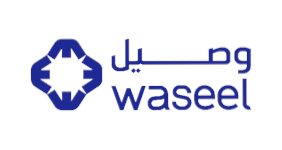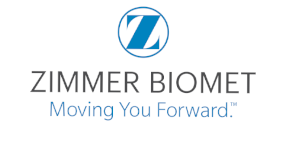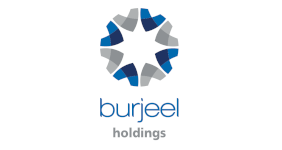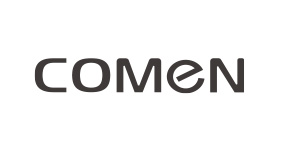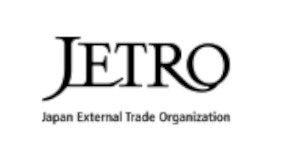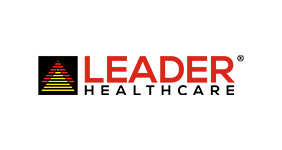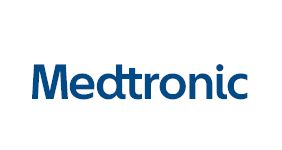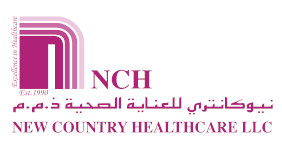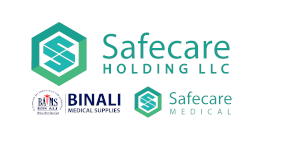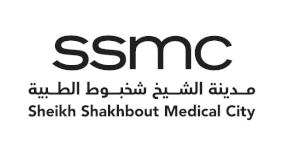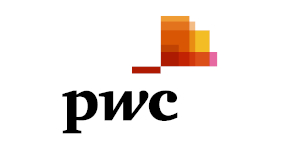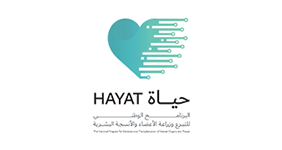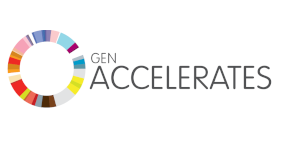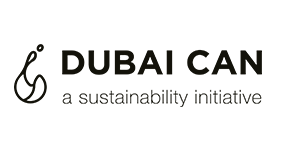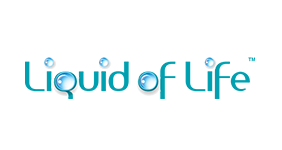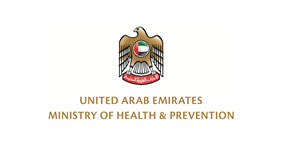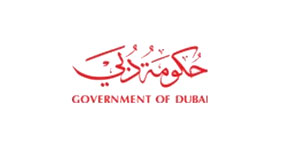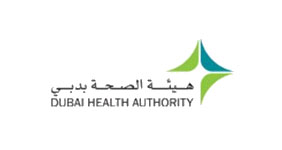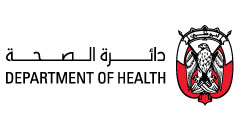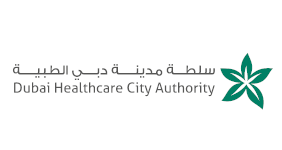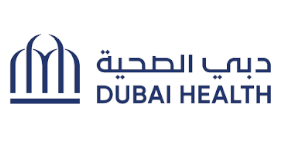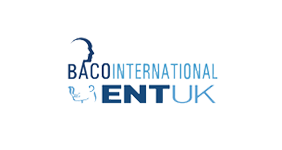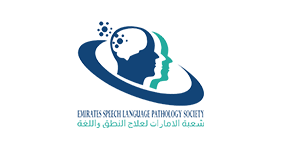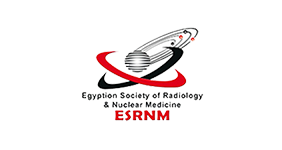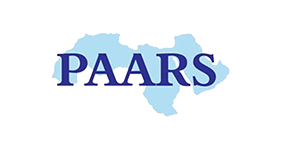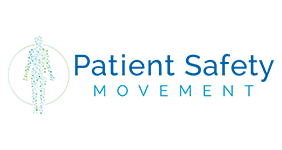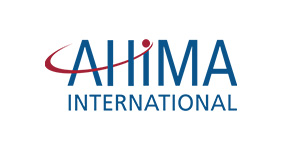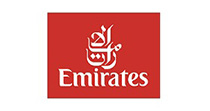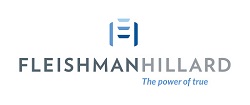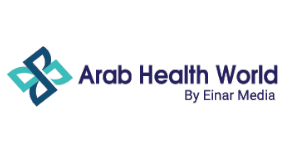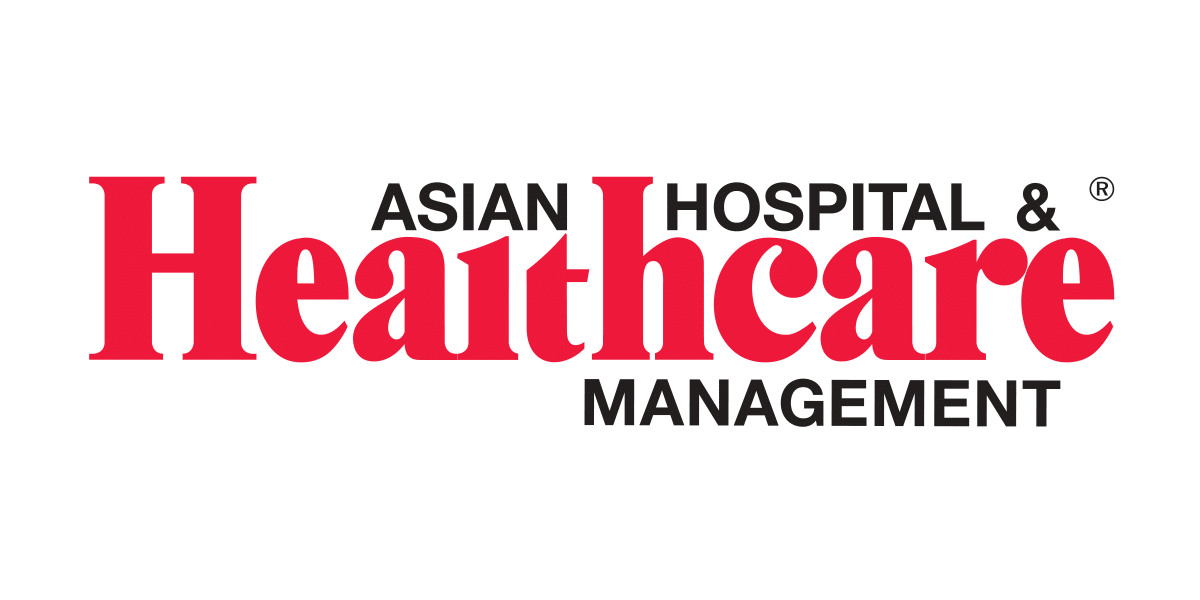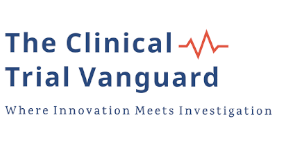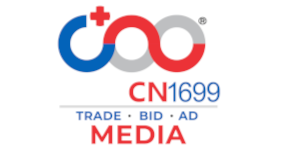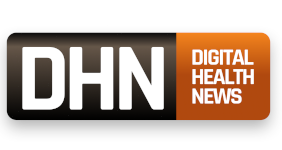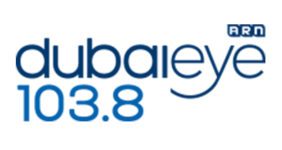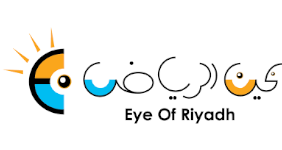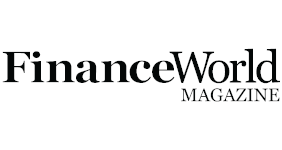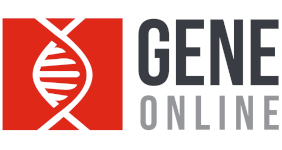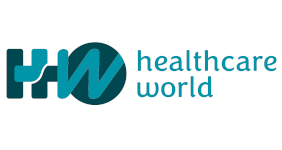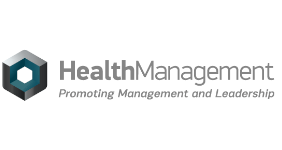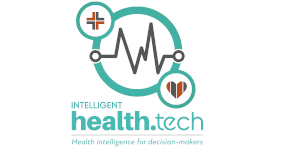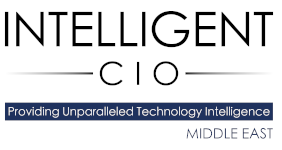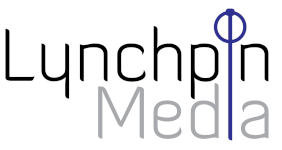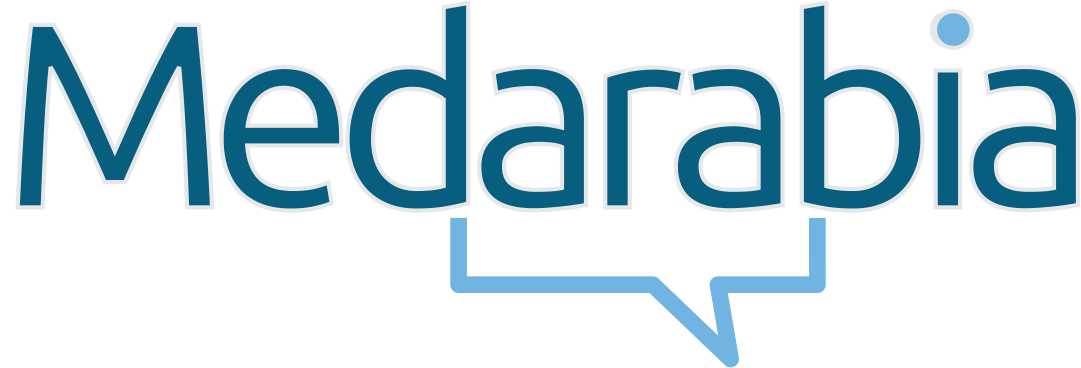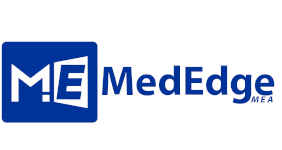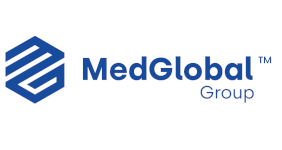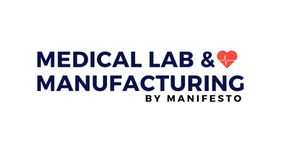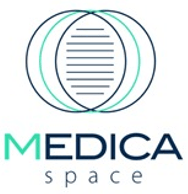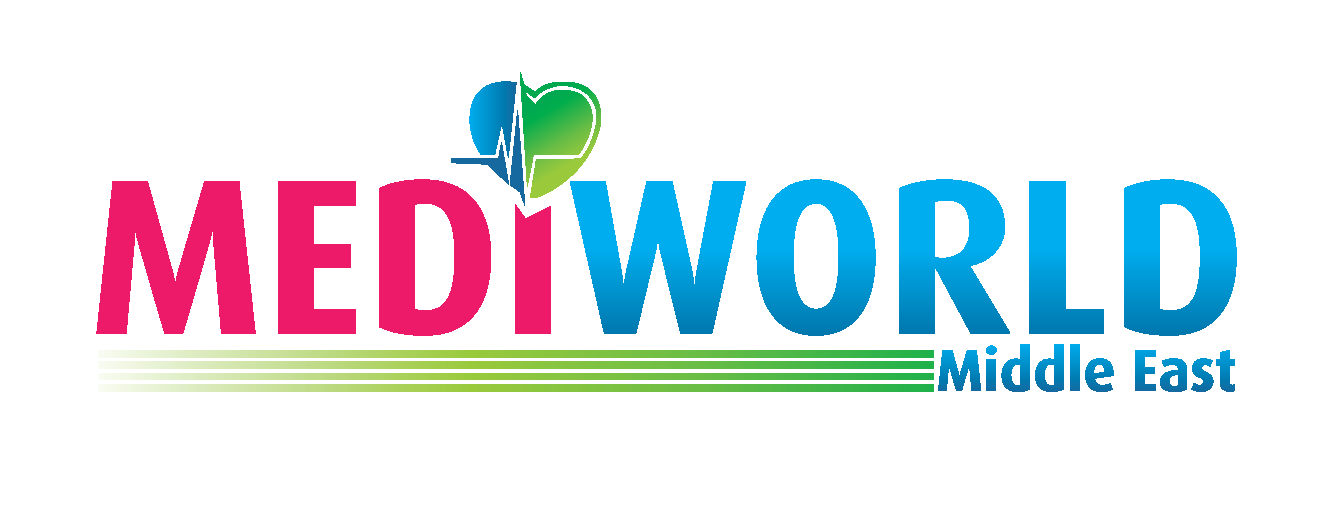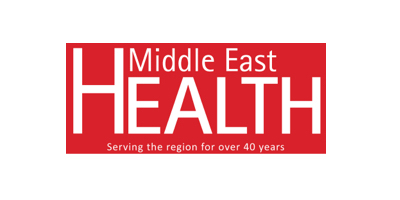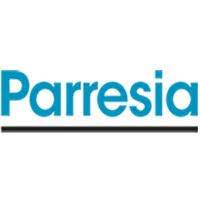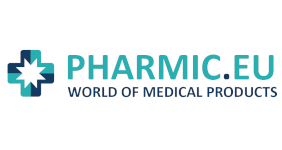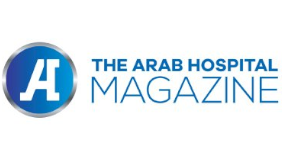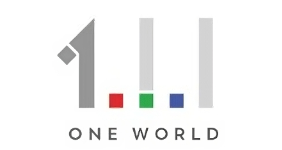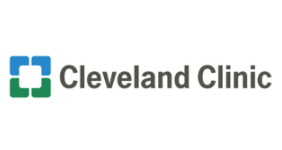Technology: accelerating innovation across healthcare.
Getting creative with telemedicine.
According to data from GSMA, by Q2 2017, two-thirds of the world's population (or five billion unique subscribers) were connected by mobile. By 2020, this figure is expected to increase to almost 75% of the global population. It is also estimated that developing markets will account for the largest share of new mobile subscription growth over the forecast period with 40% of new subscribers stemming from five markets: India, China, Nigeria, Indonesia, and Pakistan.
According to EY Global Health Sector Leader, David Roberts, who explored technologies that could revolutionise healthcare in an article titled “10 Ways Digital Could Transform Healthcare”, mobile technology is increasingly being used to reduce pressure on healthcare systems by removing the need to travel to see a healthcare professional. He believes that telemedicine is likely to have the most transformative effect on more remote communities, where conducting remote assessments of patients via mobile phones is beginning to provide access to medicine for some of the world’s poorest people at a fraction of the cost of providing roving doctor services.
Commenting on the growth of mobile subscriptions in developing countries, Roberts says that this trend has enabled the development of creative solutions that leverage the ability of connected technologies to reach people who would otherwise find it difficult to access healthcare information.
Meanwhile, the potential for more efficient and cost-effective delivery of healthcare has driven the development of numerous telemedicine services like teleconsultation, telediagnostics, telemonitoring, and telecare, and the use of telemedicine is believed to be a part of the solution in restructuring and redesigning our healthcare systems (Van der Heijden and Witkamp, 2018).
As an example of this, Dutch researchers have developed and successfully applied their Health Management Practice (HMP) model on a large number of telemedicine services using the “start small, think big” approach, leading to fully integrated telemedicine services. Results show a 70–96% reduction in hospital visits in dermatology and ophthalmology, which translates into an immediate cost reduction of 18% and the response times of 4–5 working hours. The learning effect has had a high impact on the quality of care delivered (Van der Heijden and Witkamp, 2018).
In addition, telemonitoring programmes in mental health have also shown that involving the patient as an active actor can result in more motivation and ownership of their own health and that telemedicine also allows hospitals to remain focused on delivering high-quality specialised care (Van der Heijden and Witkamp, 2018).
About Arab Health:
For 44 years Arab Health has brought the latest innovations in healthcare to the MENA region. From state-of-the-art imaging equipment to the most cost-effective disposables; developments in surgery to advances in prosthetics, Arab Health continues to be at the heart of healthcare in the Middle East. The 2019 edition of the show will take place from 28-31 January and will welcome 4,150+ exhibiting companies to showcase their latest innovations to 84,500+ healthcare and trade professionals. Running alongside the exhibition are 12 CME accredited conference tracks and a variety of workshops and hands-on training sessions for medical professionals to advance their knowledge and skills. For more information, visit www.arabhealthonline.com.
